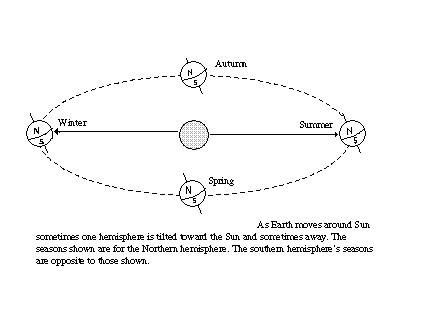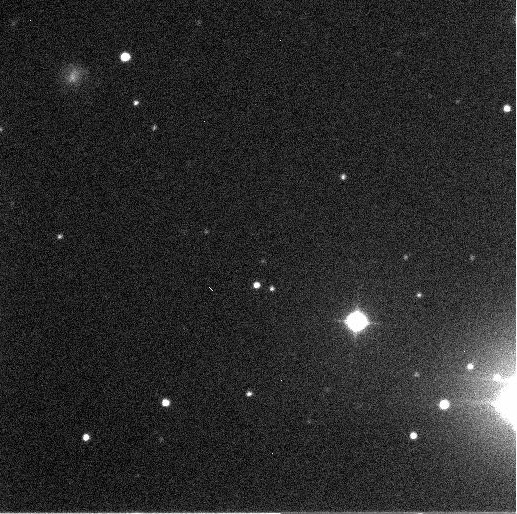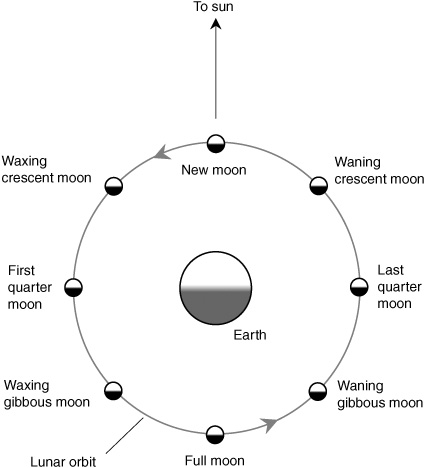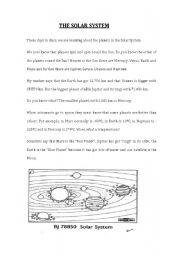Earth Orbit Worksheet
The Earth Orbit Worksheet is a helpful resource designed for students studying astronomy or space exploration. This worksheet provides a clear and concise overview of the Earth's orbit, making it ideal for introductory-level courses or individual learning. With its engaging content and interactive exercises, this worksheet allows students to deepen their understanding of the Earth's position in space and its relationship with the Sun.
Table of Images 👆
More Other Worksheets
Kindergarten Worksheet My RoomSpanish Verb Worksheets
Healthy Eating Plate Printable Worksheet
Cooking Vocabulary Worksheet
My Shadow Worksheet
Large Printable Blank Pyramid Worksheet
Relationship Circles Worksheet
DNA Code Worksheet
Meiosis Worksheet Answer Key
Rosa Parks Worksheet Grade 1
What is Earth's orbit?
Earth's orbit is the path that Earth follows as it travels around the Sun. It is an elliptical orbit, meaning it is slightly oval-shaped, with the Sun located at one of the two focal points of the ellipse. Earth takes approximately 365.25 days to complete one orbit around the Sun, which is why we have a leap year every four years to account for the extra quarter of a day.
How long does it take for Earth to complete one orbit around the sun?
It takes approximately 365.25 days, or one year, for Earth to complete one orbit around the sun.
What is the shape of Earth's orbit?
Earth's orbit around the Sun is elliptical, which means it is not a perfect circle but slightly elongated. This orbital shape causes Earth to be closer to the Sun at certain points in its orbit (perihelion) and farther away at other points (aphelion).
What causes Earth to stay in orbit around the sun?
Earth stays in orbit around the sun due to the gravitational pull between the two objects. The force of gravity from the sun pulls Earth towards it, while Earth's velocity keeps it moving in a curved path, creating a balance that keeps it in orbit. This combination of gravity and Earth's forward motion results in the continuous orbit around the sun.
Is Earth's orbit perfectly circular?
No, Earth's orbit around the Sun is not perfectly circular. It is actually an ellipse, meaning it is more oval-shaped than circular. This elliptical shape causes Earth's distance from the Sun to vary slightly throughout the year, with the closest point called perihelion and the farthest point called aphelion.
Is Earth's distance from the sun constant throughout its orbit?
No, Earth's distance from the sun is not constant throughout its orbit. Earth follows an elliptical orbit around the sun, which means its distance from the sun varies as it moves along its orbital path. At its closest point to the sun (perihelion), Earth is about 147 million kilometers away, while at its farthest point (aphelion), it is about 152 million kilometers away.
What happens during perihelion?
Perihelion is the point in an object's orbit when it is closest to the Sun. During perihelion, the object's speed is typically at its fastest due to the gravitational pull of the Sun being strongest at this point. This leads to increased gravitational force and acceleration of the object, causing it to move more swiftly in its orbit.
What happens during aphelion?
Aphelion is the point in an object's orbit around the sun where it is farthest away from the sun. During aphelion, the object will experience weaker gravitational pull from the sun, resulting in slower orbital speeds and a decrease in its kinetic energy. This phenomenon contributes to the variation in the object's distance from the sun throughout its orbit, with aphelion marking the point of maximum separation.
What are the implications of Earth's orbit for seasons?
The Earth's orbit around the sun is an elliptical path, with the Earth tilted on its axis at approximately 23.5 degrees. This tilt, combined with the orbit, causes variations in sunlight intensity at different latitudes throughout the year, leading to the changing of seasons. When a hemisphere is tilted towards the sun, it receives more direct sunlight and experiences summer, while when tilted away, it receives less direct sunlight and experiences winter. The Earth's orbit and tilt thus play a crucial role in determining the seasonal changes experienced on the planet.
How does Earth's orbit contribute to the occurrence of solar and lunar eclipses?
Earth's orbit plays a key role in the occurrence of solar and lunar eclipses. Solar eclipses happen when the Moon passes between the Earth and the Sun, lining up so that the Moon's shadow blocks the Sun's light from reaching Earth. This alignment is possible due to the Moon's orbit around Earth and the Earth's orbit around the Sun, creating opportunities for their paths to intersect. Similarly, lunar eclipses occur when the Earth passes between the Sun and the Moon, with Earth's shadow falling over the Moon. Again, this alignment is made possible by the positions of the Earth, Moon, and Sun in their respective orbits.
Have something to share?
Who is Worksheeto?
At Worksheeto, we are committed to delivering an extensive and varied portfolio of superior quality worksheets, designed to address the educational demands of students, educators, and parents.

























Comments